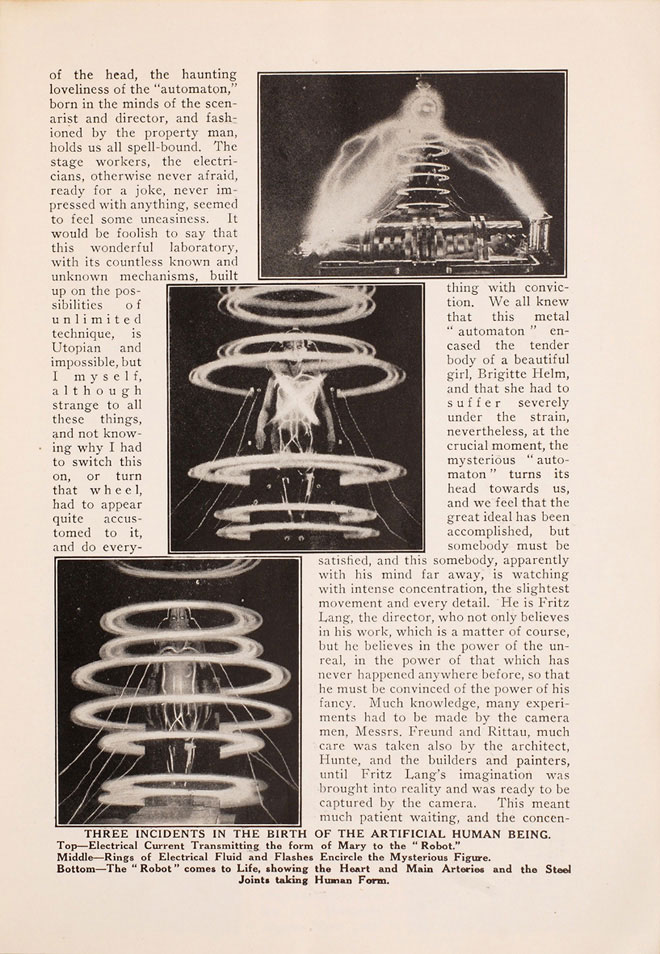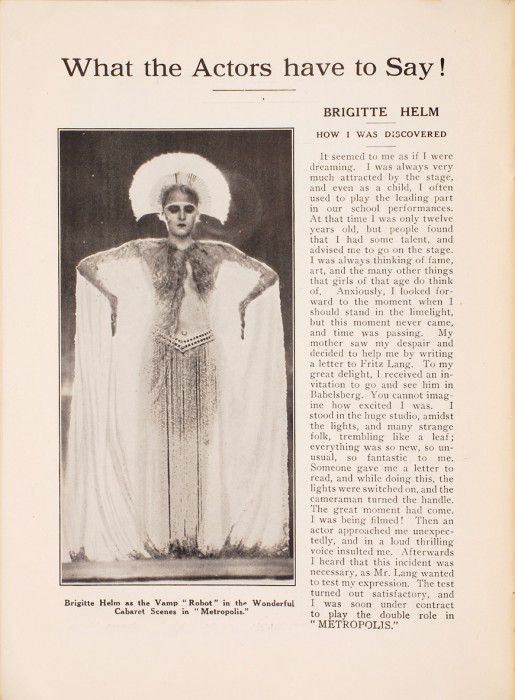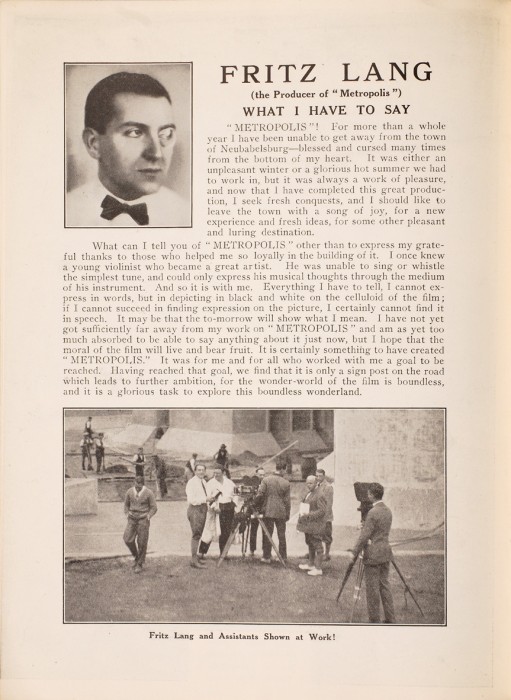It’s been nearly a year since the poet laureate of medicine, author and neurologist Oliver Sacks, took his final bow as a sentient being on this beautiful planet, succumbing, at 82, to metastases of ocular melanoma which spread to his liver.
The New Yorker marks the occasion by publishing Sacks’ fellow neurologist and author Dr. Orrin Devinsky’s recollection of their longstanding friendship. Devinsky paints a vivid picture of an exceptionally compassionate man, who felt a kinship not only with starfish, jellyfish, and octopi, but also humans in both financial and emotional need.
The piece becomes even more powerful in light of Sacks’ final interview, above, part of filmmaker Ric Burns’ upcoming documentary, Oliver Sacks: His Own Life.
Sacks peppers his remarks with astonishing biological tidbits, a compulsion that delighted his friend Devinsky on their frequent early morning bike rides along New York City’s west side.
(Palatal myoclonus—or rhythmic pulsing—in the palate, eardrum and strap muscles are vestigial evidence that humans once had gills!)
(The dandelion’s name evolved from dent de lion, French for lion’s tooth, a structure the spikes on its serrated leaves could be said to resemble. Also, certain dandelion species reproduce asexually, and Sacks had no fear about eating an unwashed specimen he plucked from the questionably sanitary grounds of Riverside Park!)
The musings that warrant the melancholy piano and strings accompanying Burns’ excerpt are of a more personal nature. Sacks’ was totally immersed in his chosen subject. His mother was a comparative anatomist and surgeon, and his boyish interest in the hard sciences is what led him to biology. A lifetime of scientific observation and clinical interaction only add to the poetry of his thoughts on death:
My generation is on the way out, and each death I have felt as an abruption, a tearing away of part of myself. There will be nobody like us when we are gone, but then there is nobody like anybody ever. When people die they cannot be replaced. They leave holes that cannot be filled. It is the fate, the genetic and neural fate of every human being to be a unique individual, to find his own path, to live his own life, to die his own death. Even so, I am shocked and saddened at the sentence of death, and I cannot pretend I am without fear. But my predominant feeling is one of gratitude. I have loved and been loved. I have been given much and I have given something in return. I have read and traveled and thought and written. I have had an intercourse with the world, the special intercourse of writers and readers. Above all, I have been a sentient being, a thinking animal on this beautiful planet, and this in itself has been an enormous privilege and adventure.
Related Content:
A Fascinating Case Study by Oliver Sacks Inspires a Short Animated Film, The Lost Mariner
Oliver Sacks’ Last Tweet Shows Beethoven’s “Ode to Joy” Movingly Flashmobbed in Spain
Ayun Halliday is an author, illustrator, theater maker and Chief Primatologist of the East Village Inky zine. Her latest comic contrasts the birth of her second child with the uncensored gore of Game of Thrones. Follow her @AyunHalliday












